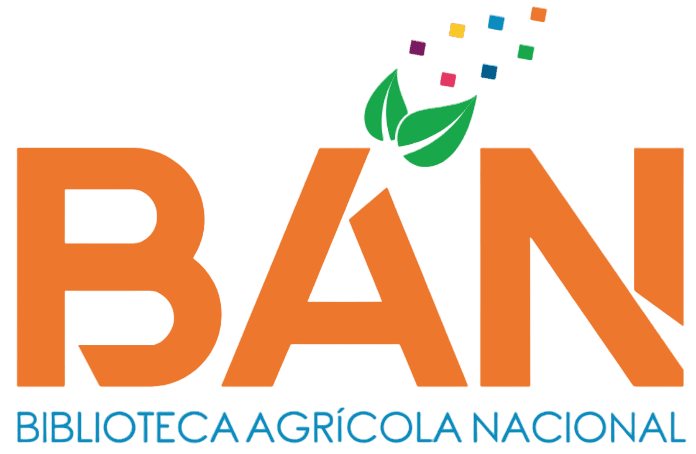Aminoácidos en el rendimiento y calidad de la fresa (Fragaria ananassa Duch.) cv. San Andreas en el valle de Cañete
Loading...
Código QR
Authors
Montemayor Sedano, Mirella Lisset
Contact Email
Abstract
El presente trabajo de investigación se llevó a cabo en un campo comercial del Fundo “Don Germán” propiedad de la Universidad Nacional Agraria La Molina, Instituto Regional de Desarrollo (IRD-Costa), ubicado en el Valle de Cañete. El objetivo del presente trabajo es determinar cuál de las fuentes de aminoácidos mejora significativamente el rendimiento y calidad en el cultivo de fresa, cuando se aplica foliarmente. Se estudió la respuesta de 4 aminoácidos: Albamin, Aminokel 30, Sustento 30, Sustento 80 a dosis de 2.5 ml/L. Los tratamientos fueron aplicados en cuatro momentos a los 66, 87, 108 y 129 días después del trasplante. Se utilizó el Diseño de Bloques Completos al Azar (DBCA), con cinco tratamientos y cuatro bloques. La aplicación foliar de aminoácidos mejoró estadísticamente el rendimiento total, especialmente con el uso de Aminokel 30. El uso de aminoácidos no afecta el peso promedio, largo, ancho de fruto. El uso de aminoácidos no afecta el peso promedio, largo, ancho de fruto. Los valores de sólidos solubles variaron entre 5.66 y 6.20 %, siendo el tratamiento que recibió aplicación de Sustento 80 el que obtuvo el mayor valor. La acidez titulable fue ligeramente inferior en los frutos provenientes de plantas tratadas con aminoácidos, el menor valor fue obtenido por Albamin y Sustento 30. Se observó un mayor contenido de materia seca en los tratamientos con aminoácidos, es decir, la aplicación de aminoácidos en la producción de fresa cv. San Andreas incrementa la materia seca foliar entre 2.83 y 3.40 % siendo el mayor con Sustento 80.
The present research work was conducted in a commercial field of the "Don Germán" farm, owned by the National Agrarian University La Molina, Regional Development Institute (IRD-Costa), located in the Cañete Valley. The objective of this study is to determine which amino acid source significantly improves the yield and quality of strawberry crops when applied foliarly. The response of four amino acids was studied: Albamin, Aminokel 30, Sustento 30, and Sustento 80 at a dose of 2.5 ml/L. The treatments were applied at four time stages: 66, 87, 108, and 129 days after transplanting. The Randomized Complete Block Design (RCBD) was used, with five treatments and four blocks. Foliar application of amino acids statistically improved the total yield, particularly with the use of Aminokel 30. The use of amino acids did not affect the average weight, length, or width of the fruit. Soluble solids values ranged between 5.66% and 6.20%, with the treatment receiving Sustento 80 achieving the highest value. Titratable acidity was slightly lower in fruits from plants treated with amino acids, the lowest value was obtained by Albamin and Sustento 30. A higher dry matter content was observed in treatments with amino acids, indicating that the application of amino acids in the production of strawberry (cv. San Andreas) increased foliar dry matter between 2.83% and 3.40%, being the highest one with Sustento 80.
The present research work was conducted in a commercial field of the "Don Germán" farm, owned by the National Agrarian University La Molina, Regional Development Institute (IRD-Costa), located in the Cañete Valley. The objective of this study is to determine which amino acid source significantly improves the yield and quality of strawberry crops when applied foliarly. The response of four amino acids was studied: Albamin, Aminokel 30, Sustento 30, and Sustento 80 at a dose of 2.5 ml/L. The treatments were applied at four time stages: 66, 87, 108, and 129 days after transplanting. The Randomized Complete Block Design (RCBD) was used, with five treatments and four blocks. Foliar application of amino acids statistically improved the total yield, particularly with the use of Aminokel 30. The use of amino acids did not affect the average weight, length, or width of the fruit. Soluble solids values ranged between 5.66% and 6.20%, with the treatment receiving Sustento 80 achieving the highest value. Titratable acidity was slightly lower in fruits from plants treated with amino acids, the lowest value was obtained by Albamin and Sustento 30. A higher dry matter content was observed in treatments with amino acids, indicating that the application of amino acids in the production of strawberry (cv. San Andreas) increased foliar dry matter between 2.83% and 3.40%, being the highest one with Sustento 80.
Description
Universidad Nacional Agraria La Molina. Facultad de Agronomía. Departamento Académico de Horticultura
Keywords
Fragaria ananassa cv. San Andrea
Citation
Date
2025
Collections
Seleccionar año de consulta:
Licencia de uso

Excepto si se señala otra cosa, la licencia del ítem se describe como info:eu-repo/semantics/openAccess

